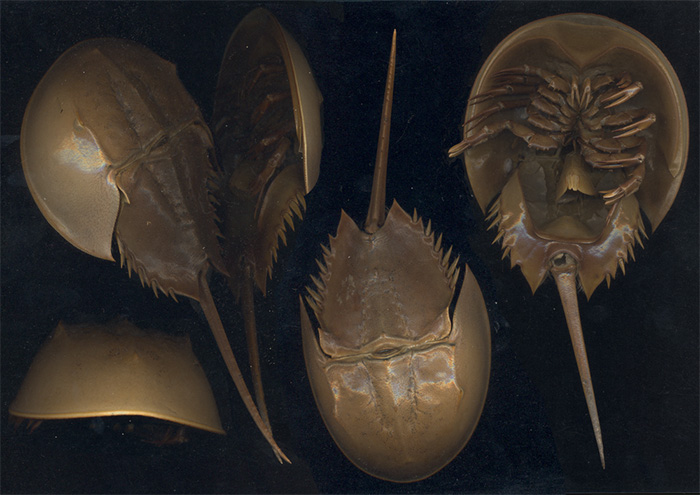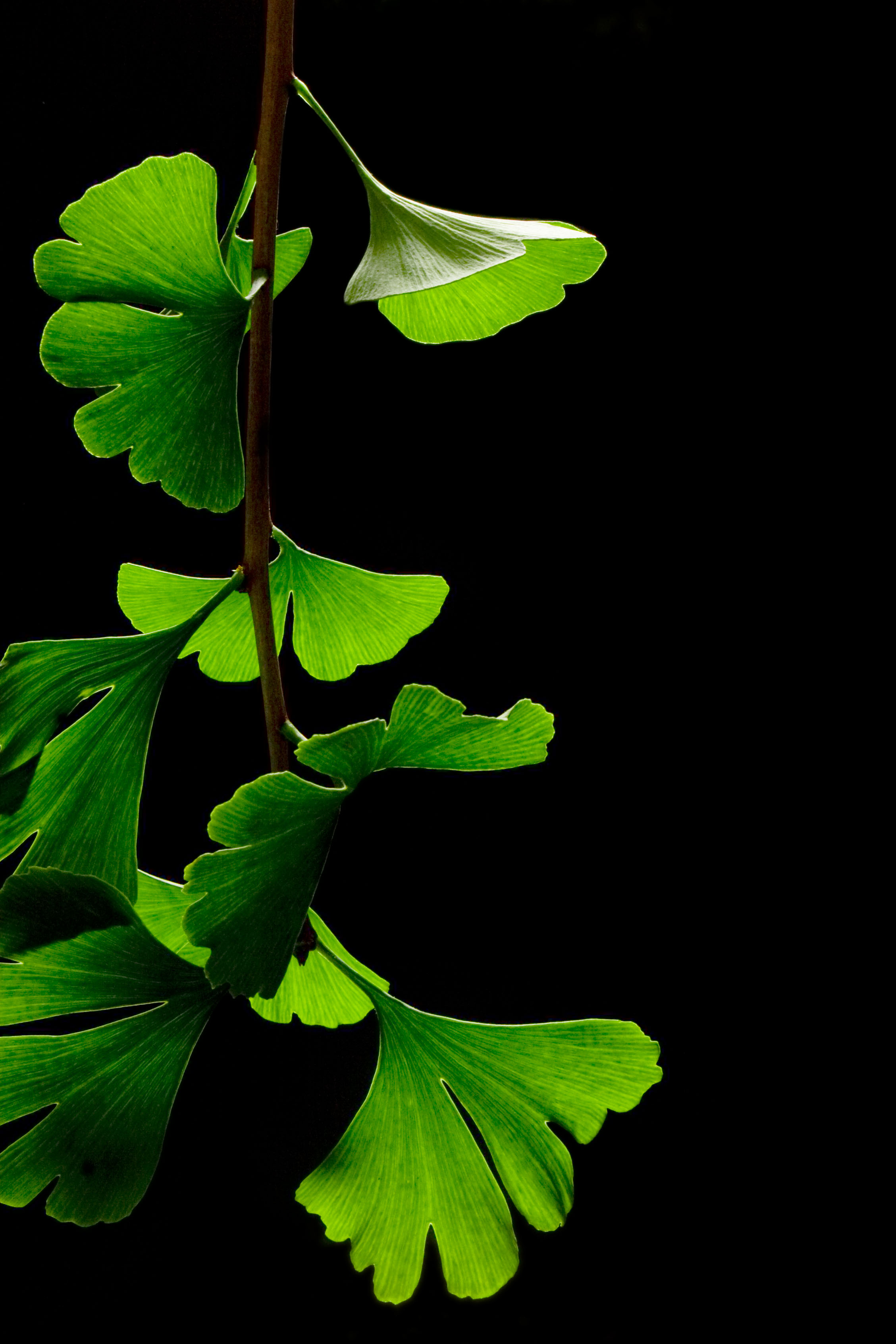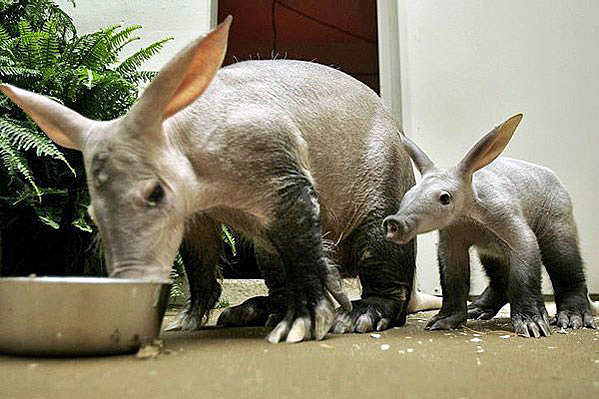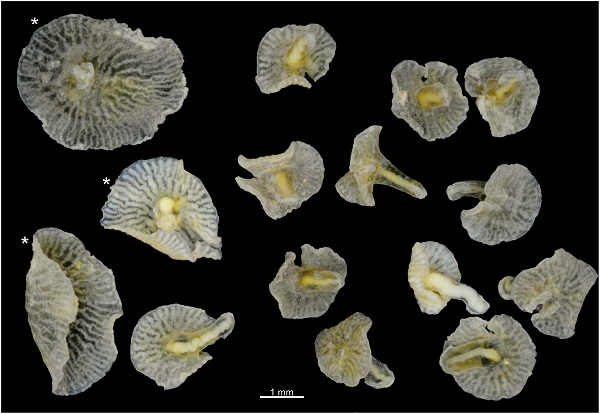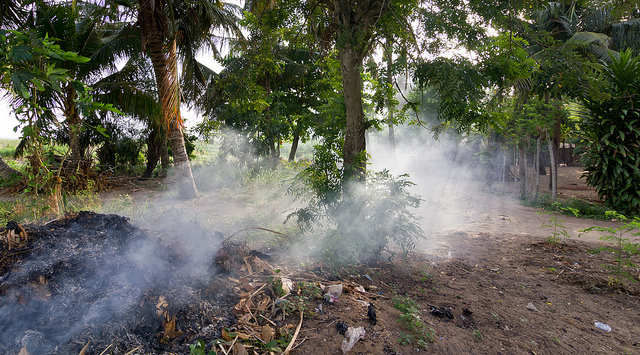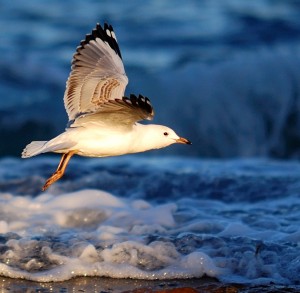The Global Ideas “Top 5” of living fossils
1. The Horseshoe Crab
They are named after their look. The Horseshoe crab is a marine arthropod that lives in shallow ocean waters, gliding through the sandy surface. They also can be found on the shore. And Horseshoe crabs are considered to be living fossils. The oldest proven members of these crabs family were dated back to the late Ordovician period, about 450 million years ago.
2. The Ginkgo
Not only species of the sea can be living fossils. The Ginkgo tree is unique. It has no known close living relatives. The tree has it‘s origin in China and is widely used for traditional medicine and as a source of food. The first fossils have been dated back 270 million years.
3. The Purble Frog
The ancestors of the living fossil bounced around the dinosaurs legs. When it was discovered back in 2003, the researchers described the Purple frog as a “bloated doughnut with stubby legs and a pointy snout.” That‘s not exactly nice but the truth. To make things even more odd, it‘s cry reminds very much the one of a chicken. The frogs evolved about 130 million years ago.
4. The Hoatzin
Let‘s have a look at birds. This one is also a living fossil, linked closely to a fossil found in 2011 in Nambia that was dated 23 million years ago. Today‘s Hoatzin live at swamps or seas and deep in the Amazon rainforest. Although the bird is able to fly, it‘s a far more better swimmer and diver. Scientists a long time thought that they had found a close relative to the Archaeopteryx, because the hoatzin‘s young birds develop claws to climb up trees, a tool that also the Archaeopteryx used.
5. The Aardvark
Finally we take a look at the aardvark. It is a pig-sized nocturnal mammal from Africa. The name aardvark has it‘s origin in the Afrikaans language (erdvark) which can be translated as “earth pig”. But it‘s also known the “African antbear”. One of it‘s closest living relatives is the elephant shrew, another funny looking living fossil. The earliest proven relative of the aardvark have been dated to 5 million years.



